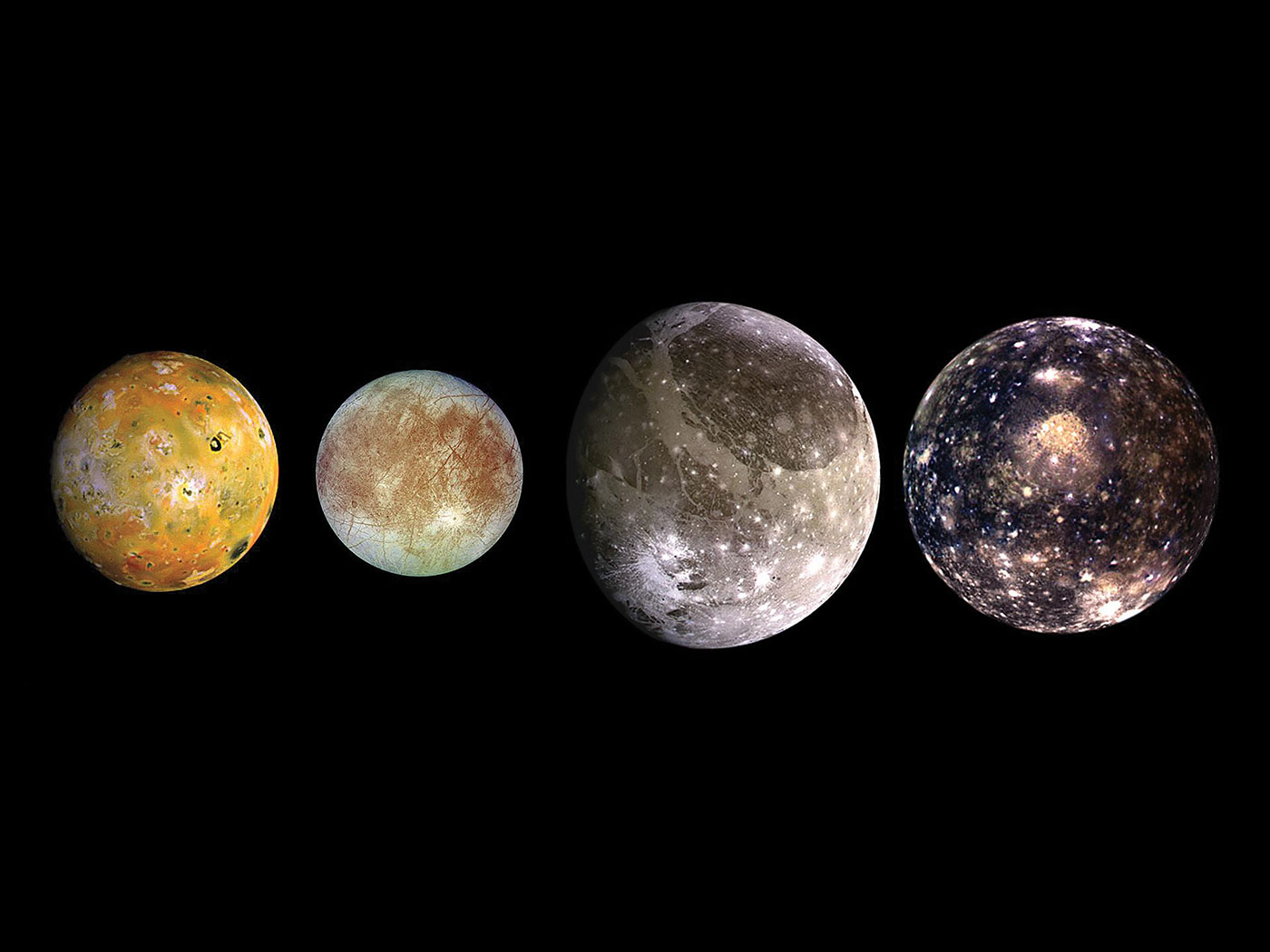Comets continue to confound cosmologists, who often assert that the small celestial bodies came from the “Oort Cloud,” a theoretical group of planetary leftovers that supposedly orbits the solar system.
But “no confirmed direct observations of the Oort Cloud have been made,” despite long and careful searches. And one cosmologist noted that the “standard model can’t produce anywhere near the number of comets we see.”1 So, a team of researchers recently proposed an addition to the theory, though it has no evidence supporting it either.
Even if it existed, mathematical models indicate that “the numbers just don’t add up” in favor of the Oort Cloud supplying the comets that are observed. So, Southwest Research Institute’s Hal Levison described to NASA Science News a scenario in which earth’s sun used to be very near to stars within its cluster. Thus, “the stars were close enough together to pull comets away from each other via gravity.”1
Levison theorized that since comets have “highly eccentric long-period orbits that take them far from our Sun…they had to have formed close to other stars and then been hijacked here.”1 One unsolved question about comet origins that this new idea attempts to answer is why they travel on such improbable tracks, as though they had been placed in unusual orbits on purpose.
If gravity is the only force that influenced comet motion, however, then comets should have either crashed into the sun or escaped its pull and been spun straight out into space. The chances of a random placement of a comet into its eccentric orbit are tiny, a mathematical improbability multiplied by each additional comet that follows the same pattern. Earth’s solar system has 3,044 designated comets.2
Thus, Levison and his colleagues propose that the sun stole comets from an imaginary ancient comet supply. But if so, why did the other stars not attract their fair share? Did they not also have gravity? In any case, these gravitational interactions supposedly then produced the solar system comets and Oort Cloud. But neither the Oort Cloud nor this “hijacking” of comets from other stars has been observed.
In sum, this solar gravity capture scenario still has no remotely probable mechanism to supply the number, trajectory, or temporality of comets. In fact, it just adds another unbelievable story onto an older one. The evidence points to comets, like stars and galaxies, having been put in place on purpose recently, just like Genesis records.3
References
- Coulter, D. The Sun Steals Comets from Other Stars. NASA Science News. Posted on science.nasa.gov November 23, 2010, accessed December 2, 2010.
- Johnston, W. R. Known populations of solar system objects: May 2010. Johnston’s Archive Fact sheet. Posted on johnstonsarchive.net June 19, 2010, accessed December 7, 2010.
- Genesis 1:16.
Image credit: NASA/JPL-Caltech
* Mr. Thomas is Science Writer at the Institute for Creation Research.
Article posted on December 9, 2010.





















